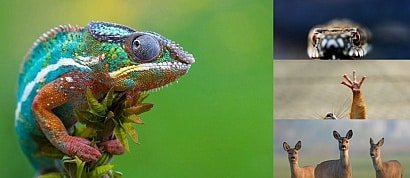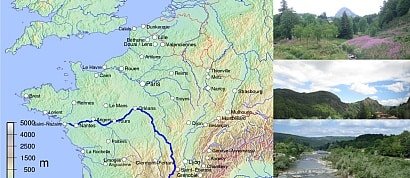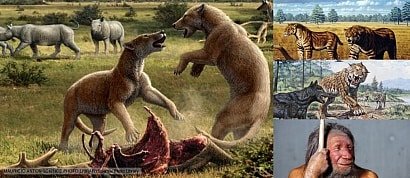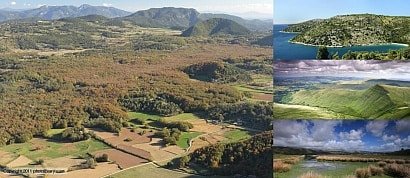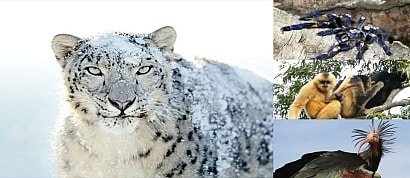Prehistoric Birds
 Add image to section
Add image to section
Gastornis
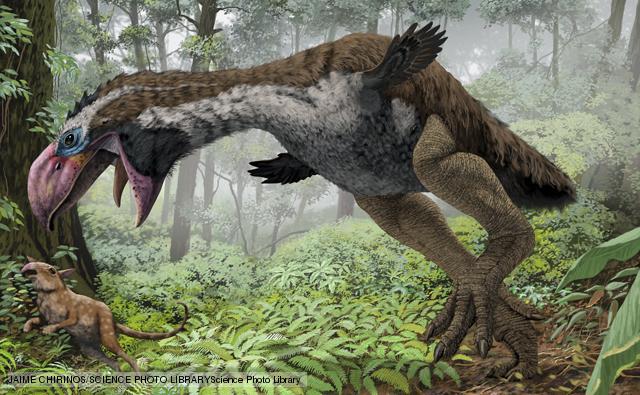
Gastornis was a giant of its time, one of the largest animals of the Eocene at two metres tall. It is thought to have been a predator, because its huge beak would have been far too powerful for simply crushing nuts and other vegetation, and it also had impressive talons on its toes. Its size and heavy build show that it can't have been a fast runner, so it probably ambushed prey. Gastornis was formerly known as diatryma, as fossils found in the USA had been given that name before they were identified as being the same species. Gastornis fossils are common at the site of Geiseltal, Germany and in the USA.
 Add image to section
Add image to section
Terror birds

Huge flightless terror birds were South America's top predators for millions of years and at nearly three metres tall certainly lived up to their name. Their modern relatives, the seriemas, kill their prey by smashing it repeatedly against the ground, which may well have been the terror birds' technique too. The terror birds lived between 27 million and 15,000 years ago and spread into North America when the two continents joined. One of these birds boasts the record for the largest bird skull ever found, measuring 71cm long with a wicked, curved 45cm beak.
 Add image to section
Add image to section
Archaeopteryx

Archaeopteryx are the earliest known flying birds and only about the size of a modern day magpie. Living around 150 million years ago, Archaeopteryx had developed flying abilities that may have evolved from gliding out of trees or simply running along the ground. The first complete skeleton was discovered in Jurassic limestone in Germany in 1861 and is a very important fossil, almost certainly representing the transition between reptiles and birds. This missing link shares sharp teeth and a long bony tail with small theropod dinosaurs, and a wishbone and feathers with the birds.
Added to
People who voted for this also voted for
Favorite Images : paintings and illustrations
Headwear in Paintings
Jablonex-JBX BIJOUX
Landscapes
Kenji's Images
AUSTRALIA
Animals
Theodor Aman - Romanian Painter
ESCOCIA
Collages by Lola Dupre
Great Virtues: Generosity
simply sexy: sydney penny
"old school" beauty: Elvira Bolgova
ART | Borys Olszanskij
The Loire River and Chateaux
More lists from Milena
BBC Nature is changing?
Prehistoric Mammals
Coolest Roads And Drives Around The World
Ecozones
Places
Cat Wallpapers Lists?
Of The Rarest Animals In The World
 Login
Login







